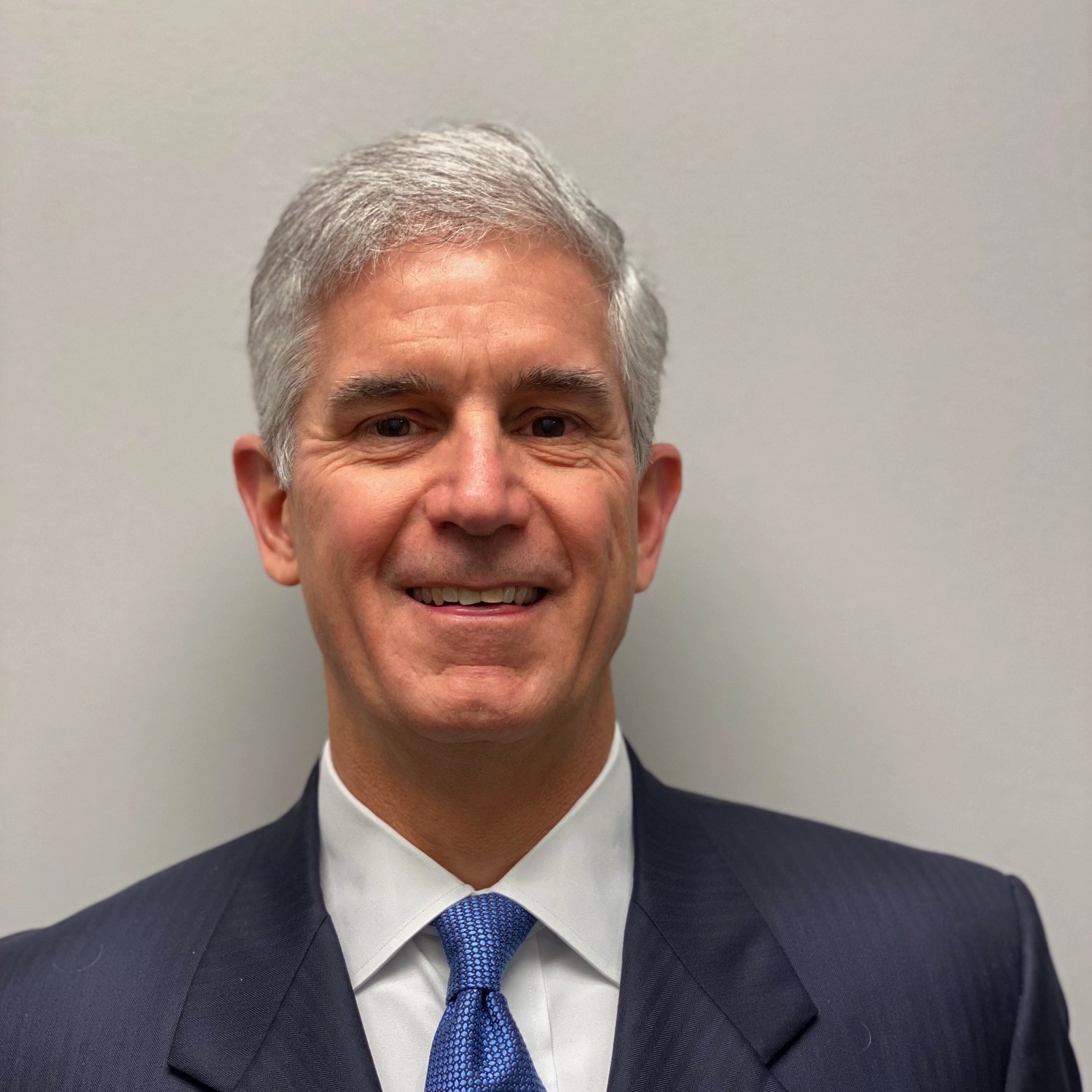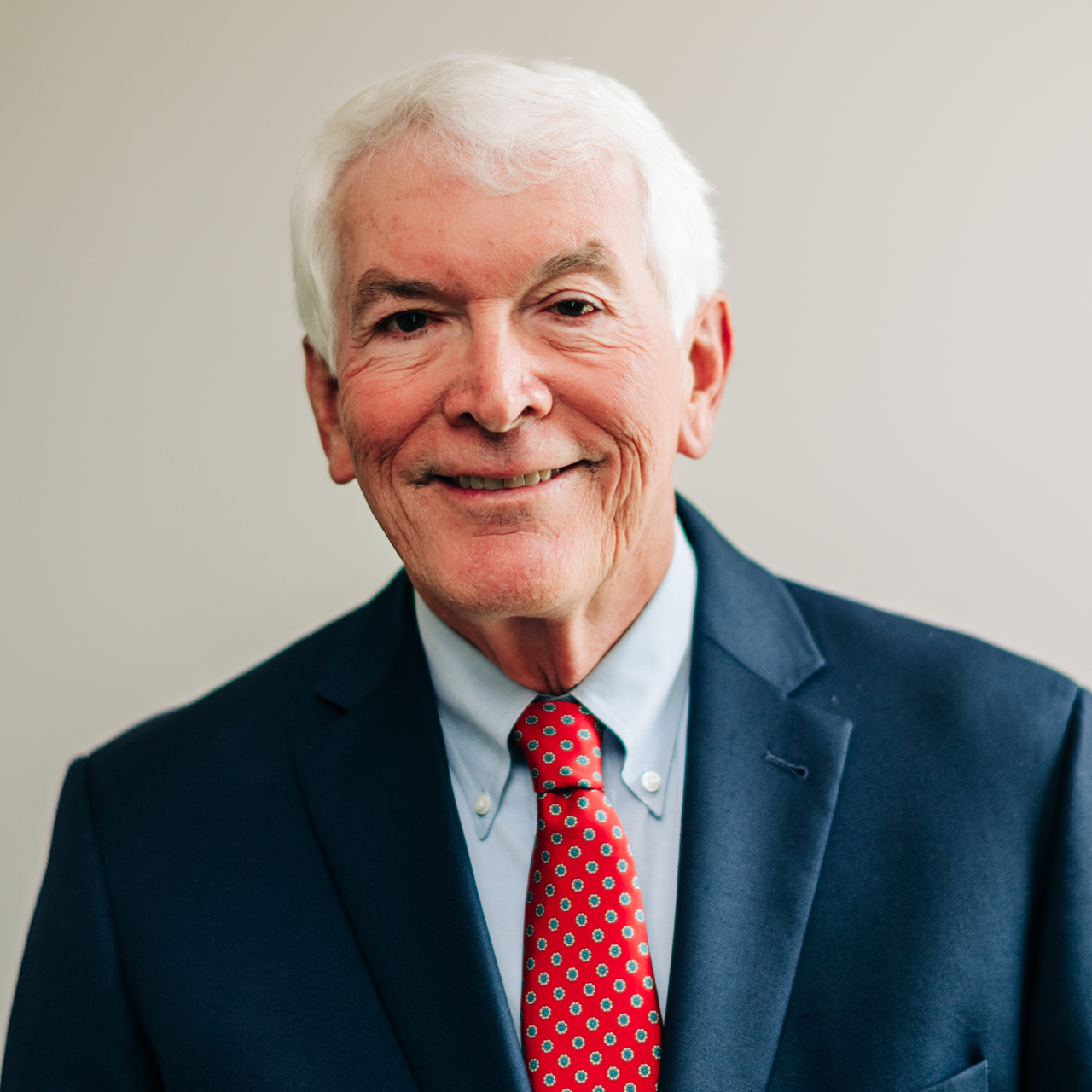Survey: Half of U.S. Trademark Registrations Are at Least Partially Illegitimate
Friday, August 1st, 2014
A recent survey revealed that about half of all federal trademark registrations are at least partially illegitimate. This illegitimacy blocks businesses from being able to obtain trademark registrations they want and discourages businesses from selecting new trademarks they prefer.
The U.S. Patent and Trademark Office (“USPTO”) just released the results of a survey it conducted of 500 trademark registrations. It found half contained false claims as to what goods or services were being sold using those trademarks.
First, some background: You get trademark rights just by being the first person to use a particular trademark to sell something. For example, if you sell swim goggles and give them a distinctive name − SEASEE for example – that name will be your common-law trademark.
Yet, if you register your trademark with the USPTO, you will get certain legal advantages over having just common-law rights.
When you apply to register a trademark, you must list all of goods and services to be covered by that registration. That’s because owning a trademark does not give you the sole right to use your trademark on every good and service under the Sun. Your trademark rights cover only specific goods and services.
In most cases, this specificity permits others to later register the same trademark or a similar trademark for significantly different goods and services. For example, trademark registrations for the trademark CHAMPION for spark plugs and for sporting goods co-exist and are owned by different companies.
When you register your trademark, the USPTO follows a partial honor system. It requires that you prove usage of your trademark on only one item of goods or services on your list, even if you seek registration of your trademark for many goods and services.
For example, if you are registering the trademark SEASEE for a list of swimming accessories (e.g., goggles, snorkels, fins), showing usage on goggles alone would be suffice.
Once you get a trademark registration, you have to renew it at periodic intervals. At each renewal, again you have to prove usage of your trademark on only one good or service listed in your registration.
Until now, there was no information on the extent to which trademark registrants were falsely claiming to be using their trademarks on all of their listed goods and services when, in fact, they weren’t. Such false claims of trademark usage are called “deadwood.”
The USPTO study revealed a shocking level of deadwood. The USPTO audited trademark registrations up for their first renewal, which occurs between the fifth and sixth year of registration.
The audit found about half of all registrations failed the deadwood test. Of those that failed, about two-thirds of registrants had to admit they were not using their trademarks for the specific goods or services singled out by the audit.
In the other one-third of deadwood failures, the trademark registrant essentially failed to respond to the audit, which resulted in its registration being cancelled.
The deadwood rate was especially high for U.S. registrations obtained based upon previously getting the trademark registered in another country. About two-thirds of such U.S. registrations contained deadwood.
| Basis for initial trademark registration | Percentage of registrations where goods/services voluntarily deleted by registration owner because they were not being sold | Percentage of registrations where registration owner failed to adequately respond. so entire registration was cancelled |
| Based on use of trademark in U.S. | 27% | 17% |
| Based on having a trademark registration in another country and intending to use it in the U.S. | 56% | 7% |
| Based upon a protocol for simultaneous registration in several countries | 61% | 18% |
| Based upon combination of use of trademark in U.S. and registration in another country | 63% | 13% |
Obviously, our trademark registration honor system isn’t working. It matters because deadwood keeps others from being able to use and register the trademarks they want.
When a company is thinking about adopting a new trademark, it often hires an attorney to perform clearance of it. Part of clearance is to see if there are any U.S. registrations for the same or a confusingly similar trademark that cover the same or similar goods or services.
If the answer is “yes” – there are one or more similar registered trademarks − that’s a blockage. The party looking to launch a new trademark might not be able to use and register its trademark of choice.
It could investigate whether the blocking registration is for a trademark actually in use and litigate to get that blocking registration invalidated, but that’s a slow, expensive process. Usually, the party looking to adopt a new trademark just moves on to another trademark candidate, albeit not the one it wanted.
That’s unfair.
The USPTO should require a trademark registration applicant to prove it is using its applied-for trademark on every good and service claimed in the registration application, and do so again at each renewal.
That will make the registration process more expensive and will require the USPTO to have more resources. But, right now, a bigger cost is being imposed on new and growing businesses that want to adopt new trademarks but are blocked by deadwood.
Instead of imposing that cost on them, when they have done nothing wrong, the party claiming the federal monopoly − the trademark registration − should bear the cost of proving it’s entitled to have its registration for every single good and service it claims.
Written on August 1, 2014
by John B. Farmer
© 2014 Leading-Edge Law Group, PLC. All rights reserved.




